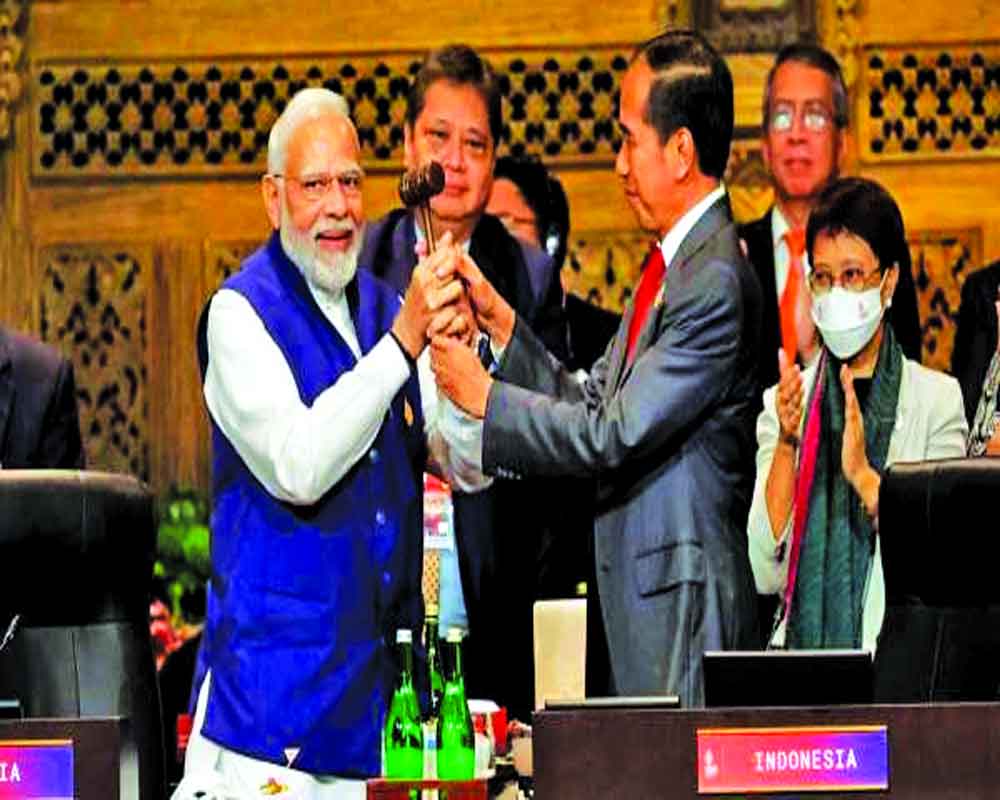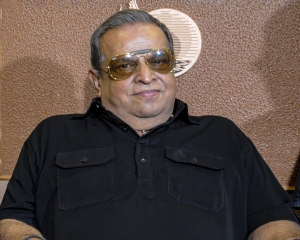Virtual Global South Summit is a move in the right direction
It is a new-year and India’s plate for multilateral, plurilateral engagements is full, with almost all major metros hosting delegations and foreign dignitaries. There was a near stampede on the first day of the ‘Pravasi Bhartiya Diwas’ in Indore for grabbing a seat inside the main hall and many took to social media to complain about inadequate preparations.
Meanwhile Kolkata played host to a G20 meeting on financial inclusion. The most interesting one, also a move in the right direction, is the virtual Global South Summit. India has unofficially taken up the mantle to lead the Global South (loosely referred to a bunch of countries beyond the US, Europe, Russia and China) and be their voice in international forums .The summit theme “Unity of Voice, Unity of Purpose” saw nearly 120 countries representing the global south voicing their issues and finding commonalities.
The Global South nations are largely nonaligned with any major power bloc. They haven’t applauded the US and its western allies for imposing sanctions on Russia, neither are they overtly supportive of Russia or China. The reasons could be economic, since many of these nations are facing twin troubles of pandemic aftereffects, and the long ongoing war in Ukraine, increasing prices of fuel and food, leading to severe financial crisis. This together with the disproportionate impact of climate change on their relatively poorer and smaller economies is almost driving the countries into states of anarchy and civil war, threatening sovereign boundaries.
India has rightfully taken up the mantle to champion their causes and concerns, in a year when it is steering the G20 presidency. The eight ministerial sessions focussing on financing people-centric development, balancing growth and environment friendly lifestyles, energy security and development, cooperation to build resilient healthcare systems, human resource development and capacity building, developing synergies in technology, trade, tourism and resources and suggestions for India’s G20 presidency, were all opportunities to hear out a vast bunch of common issues affecting global south countries.
In addition, Prime Minister Narendra Modi also laid out the idea of cooperation among the Global South to have an effective bargaining power as a large block in international forums, while also showcasing India’s innovative stack of digital public goods.
This is happening at a time when, for the time being it seems there is a lull in the tensions emerging from India’s neighbours. On the western front, Pakistan has for some years been more inwardly focussed due to its internal politics and external threats emerging from the Taliban in Afghanistan. The constant tug of war between political and military leadership is now at its peak after being below the radar for many decades now. This domestic distraction together with the state of its economy has left little mind space to indulge in military and covert operations with India.
However, what is surprising is even China towards the end of the 2022, (number one security and strategic threat for India) has started making overtures for a healthy balanced relationship with India. Chinese foreign minister Wang Yi in the last week of December was quoted “ready to work with India for steady and sound growth of bilateral relations” in a leading Chinese media publication.
Clearly China is also bogged down by its domestic issues and slowing economy and therefore can’t be seen as the biggest bully in the world. As of now it would like to continue a neutral path with India. This is the opportunity; the breathing space India needs to push its global leadership across various engagement platforms.
(The author is a foreign affairs commentator)


























